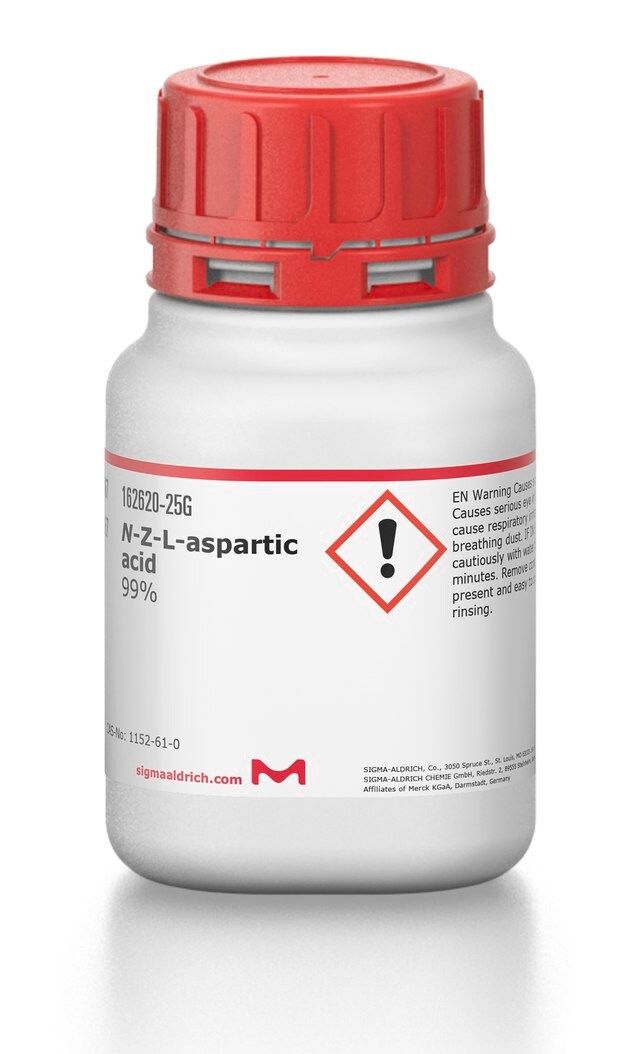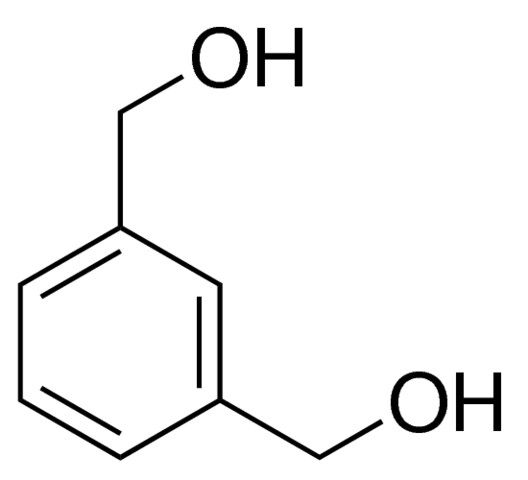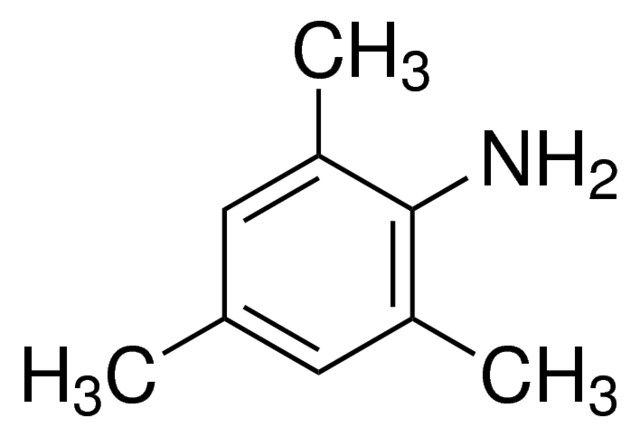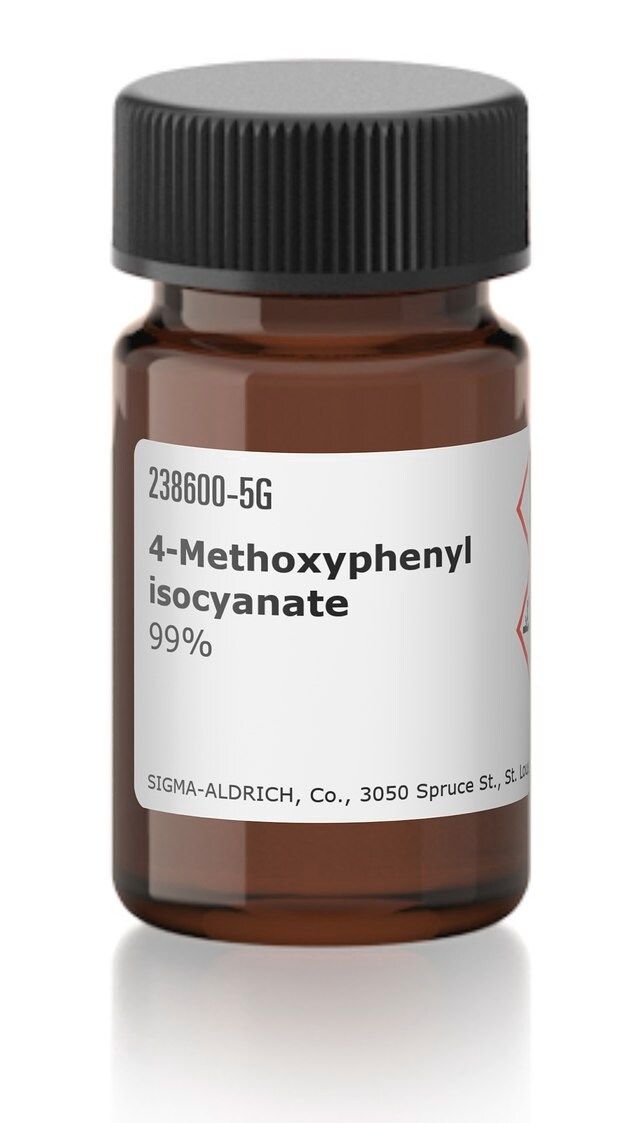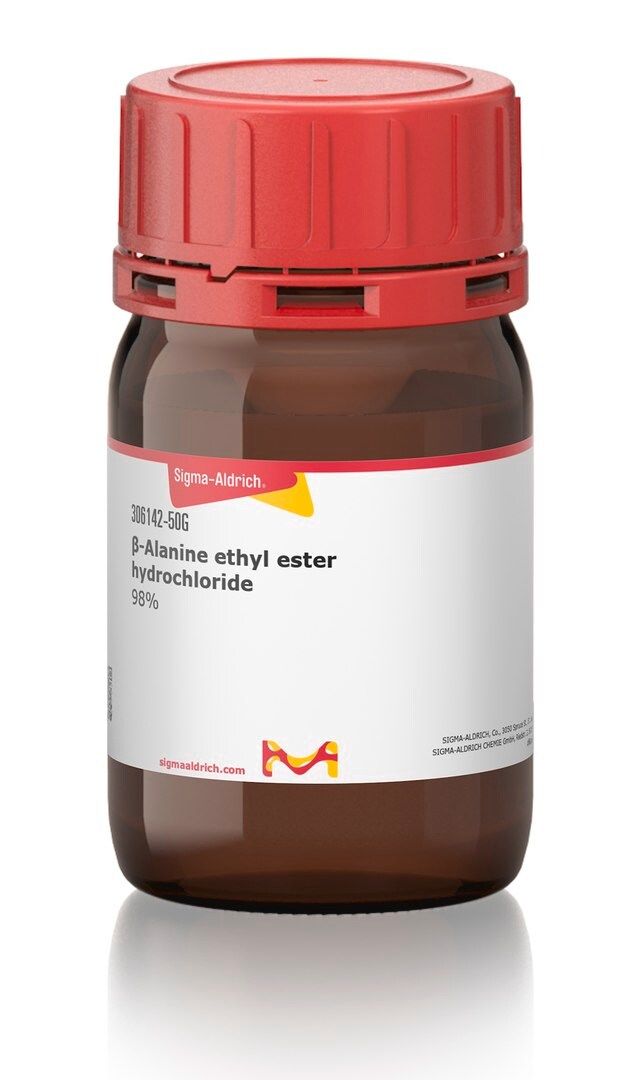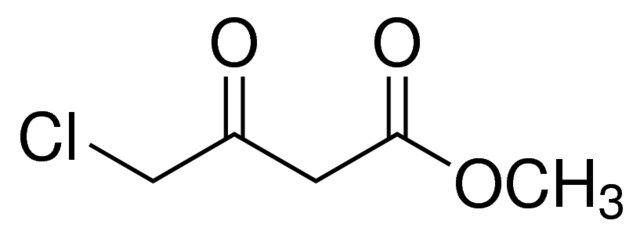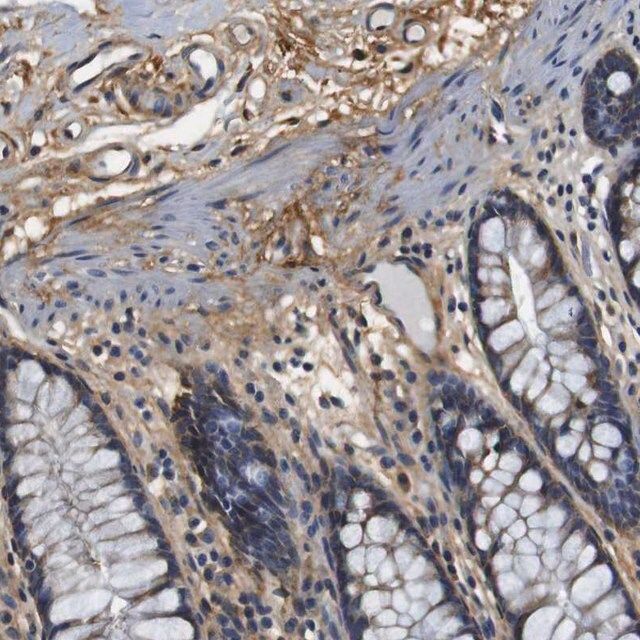产品说明
一般描述
This Anti-SAPK/JNK Rabbit pAb is validated for use in Immunoblotting, Immunocytochemistry for the detection of SAPK/JNK.
Protein A and immunoaffinity purified rabbit polyclonal antibody. Recognizes the ~54 kDa SAPK/JNK protein.
Recognizes the ~54 kDa SAPK/JNK protein in uv-treated HEK293 cells.
免疫原
a full-length, recombinant, human p54 SAPK/JNK2 fusion protein
Human
包装
200 μL in Plastic ampoule
应用
Immunoblotting (1:1000)
Immunocytochemistry (1:200)
警告
Toxicity: Standard Handling (A)
外形
In 150 mM NaCl, 10 mM HEPES, 50% glycerol, 0.01% BSA, pH 7.5.
重悬
Following initial thaw, aliquot and freeze (-20°C).
分析说明
Positive Control
UV treated HEK293 cells
其他说明
Recognizes SAPK/JNK regardless of the phosphorylation state. Variables associated with assay conditions will dictate the proper working dilution.
Recommended Protocol for Immunoblotting
Solutions and Reagents
•Transfer Buffer: 25 mM Tris base, 0.2 M glycine, 20% methanol, pH 8.5.
•SDS Sample Buffer: 62.5 mM Tris-HCl, pH 6.8, 2% SDS, 10% glycerol, 50 mM DTT, 0.1% bromphenol blue.
•10X TBS (Tris-buffered saline): To prepare 1 liter, 24.2 g Tris base, 80 g NaCl, adjust pH to 7.6 with HCl. Dilute 1:10 for use.
•Blocking Buffer: 1X TBS, 0.1% Tween®-20 detergent with 5% non-fat dry milk.
•Primary Antibody Dilution Buffer: 1X TBS, 0.1% Tween
•Wash Buffer (TBST): 1X TBS, 0.1% Tween
Blotting Membrane
Nitrocellulose or PVDF membranes may be used.
Protein Blotting
A general protocol for sample preparation using 2x106 293 cells per well in a 6-well plate is as follows:
1. Aspirate media. Treat cells by adding fresh media containing regulator for desired time.
2. Aspirate media from cultures; wash cells with PBS; aspirate.
3. Lyse cells by adding 100 µl of SDS Sample Buffer and immediately scrape the cells off the plate and transfer the extract to a microfuge tube. Keep on ice.
4. Sonicate for 2 s to shear DNA and reduce sample viscosity.
5. Heat sample to 95-100°C for 5 min. Cool on ice.
6. Microcentrifuge for 5 min.
7. Load 20 µl onto SDS-PAGE gel (10 cm x 10 cm).
8. Electrotransfer to nitrocellulose membrane.
As controls, we recommend using 20 µl lysate from UV treated HEK293 cell.
Membrane Blocking, Gel and Antibody Incubations
1. After transfer, wash membrane with 25 ml TBS for 5 min at room temperature.
2. Incubate membrane in 25 ml Blocking Buffer for 1-3 h at room temperature or overnight at 4°C.
3. Wash 3 times for 5 min each with 15 ml TBST.
4. Incubate membrane and primary antibody (at the appropriate dilution) in 10 ml Primary Antibody Dilution Buffer with gentle agitation overnight at 4°C.
5. Wash 3 times for 5 min each with 15 ml TBST.
6. Incubate membrane with conjugated secondary antibody at the appropriate dilution in 10 ml Blocking Buffer with gentle agitation for 1 h at room temperature.
7. Wash membrane as in step 5.
Detection of Proteins
Chemiluminescence.
Gupta, S., et al. 1996. EMBO J.15(11), 2760.
Coso, O.A., et al. 1995. Cell81, 1137.
Derijard, B., et al. 1994. Cell76, 1025.
Kyriakis, J.M., et al. 1994. Nature369, 156.
Hibi, M., et al. 1993. Genes Dev.7, 2135.
Kyriakis, J.M. and Avruch, J. 1990. J. Biol. Chem.265, 17355.
法律信息
CALBIOCHEM is a registered trademark of Merck KGaA, Darmstadt, Germany
TWEEN is a registered trademark of Croda International PLC
产品性质
| 生物来源 | rabbit |
| 质量水平 | 100 |
| 抗体形式 | affinity isolated antibody |
| antibody product type | primary antibodies |
| 克隆 | polyclonal |
| 形式 | liquid |
| 不包含 | preservative |
| species reactivity | rat, human, mouse |
| manufacturer/tradename | Calbiochem® |
| 储存条件 | OK to freeze avoid repeated freeze/thaw cycles |
| 同位素/亚型 | IgG |
| 运输 | wet ice |
| 储存温度 | −20℃ |
安全信息
| 储存分类代码 | 10 - Combustible liquids |
| WGK | WGK 1 |





